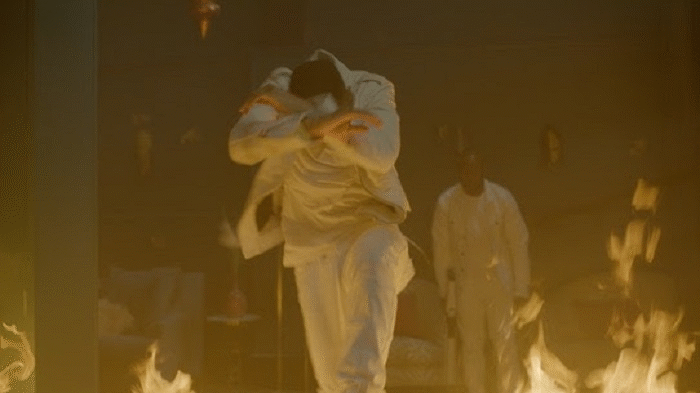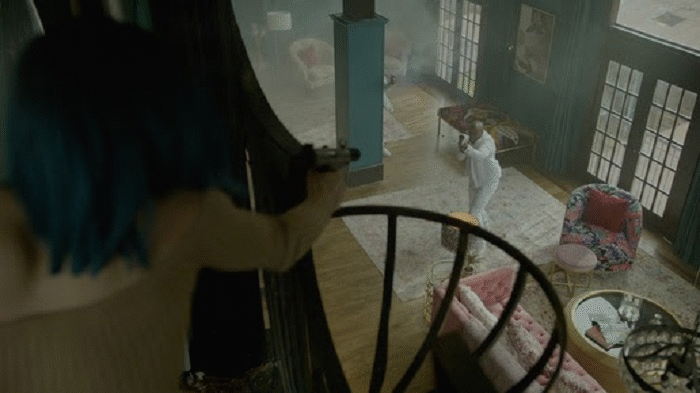
VFX Legion created over 100 digital effects for Superfly, Sony’s highly anticipated remake of the ‘70’s blaxploitation film. Producer Joel Silver and Director X brought the LA studio onboard for the same. Legion’s team was tasked with producing a complex mix of shots, particularly on action sequences involving two shootout scenes pivotal in the movie.
The reboot of Superfly puts a modern spin to the original 1972 film about a Harlem drug dealer trying to score one last deal before getting out of the game. Set in present-day Atlanta, the Mecca of today’s popping music scene, the action is driven by a hip-hop soundtrack curated by Future. The city’s distinctive style is the backdrop for a new generation of affluent, extravagant drug kingpins that takes violence to the extreme.
VFX Legion founder and senior visual effects supervisor James David Hattin and VFX producer Nate Smalley stepped into the project during an edit session where they were brought up to speed by Silver, (The Matrix Trilogy, Lethal Weapon series, Die Hard, Predator) Future (rapper, producer) and Director X music-video auteur Julien Christian Lutz.
“Joel Silver is a very hands-on producer, renowned for his work in the action film genre,” says Hattin. “He had a very particular vision of how he wanted the visual effects to augment the footage. Nate and I left the session with a clear understanding of the digital assets that the movie required.
“Joel wanted to capture the ‘big’ feel of the 1999 Matrix film,” says Hattin. “To take the shoot-out scenes to that extreme, we created thousands of digital particles flying from bullet hits and blasts of debris that tore the drywall to shreds.”

Legion’s Houdini artist Eric Ebling created numerous simulations of debris from the walls that blended with the look and texture of the practical footage. These caches were lit and rendered in Redshift, and then integrated into the scenes. Muzzle flashes were digitally created to heighten the impact of the violence in a number of scenes.
The studio’s team augmented squibs from bullet hits with computer-generated blood that streams out of wounds, puddles on the floor and splatters in realistic patterns. Residue left by the squibs was digitally removed.
During the production of Superfly, a number fires were shot on-set that ended up being used as starting points for the much larger and more dramatic CG blazes that Legion’s team designed. Nick Guth and Dan Short, two of the studio’s lead compositors, created the wall of fire that the main characters run through, followed by the rival gang leader jumping through the flames in pursuit—all with the help of digital effects.

Layering in multiple stock photographs of fire elements and 3D tracking of the camera in Syntheyes, enabled the company’s Nuke artists to produce shots with a photorealistic look and seamlessly sync them with the footage.
“Legion’s team was thrilled to have the opportunity to work on Sony’s remake of Superfly,” says Hattin. “Our enthusiasm for the project, along with our experience, efficient pipeline, and technical ingenuity, enabled us to turn the large workload of shots around well ahead of schedule, leaving time for us to take on some additional work on the movie.
“The visual effects that VFX Legion created were all about amplifying the impact of the violence captured with practical footage and Intensifying the spectacle of the film to achieve the look that the director and producer envisioned,” Hattin further added.

